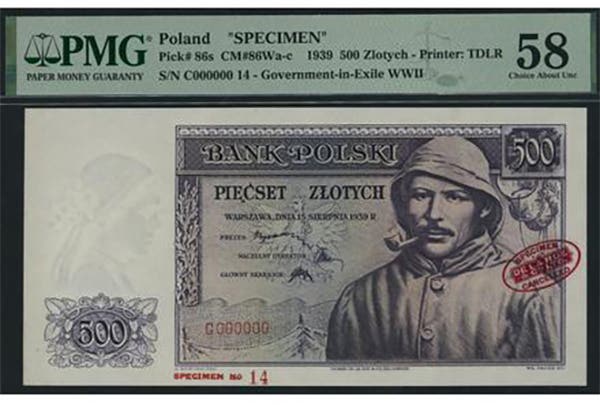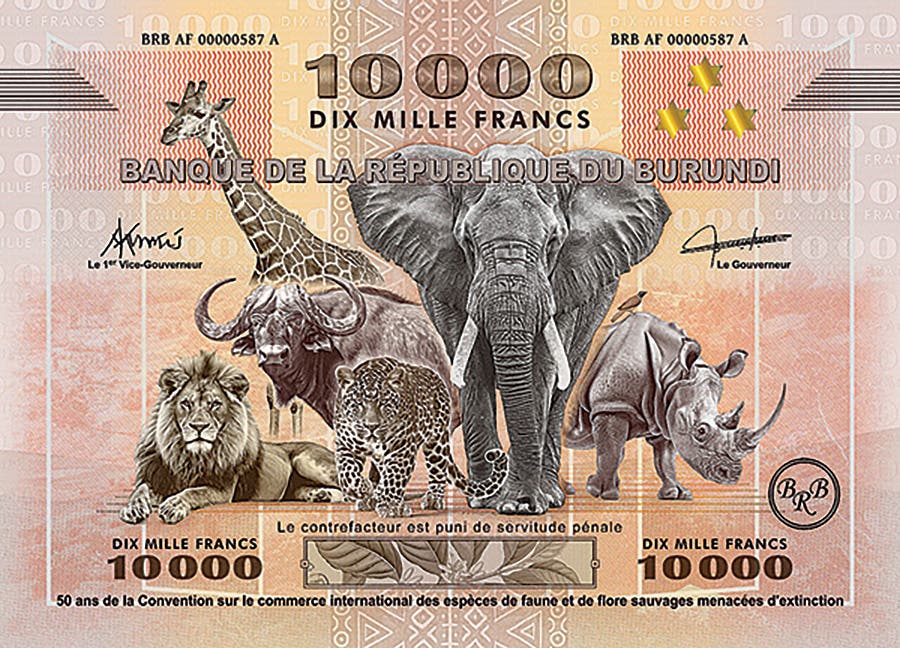Sweden revamps coins, bank notes
It doesn’t appear anyone at the Sveriges Riksbank, or Swedish Royal Bank, knows what anyone else is doing. On one hand, Sweden is forging ahead with a new currency series….
It doesn’t appear anyone at the Sveriges Riksbank, or Swedish Royal Bank, knows what anyone else is doing. On one hand, Sweden is forging ahead with a new currency series. On the other hand, Sweden is among the countries leading the charge towards a cashless society.
Sweden streamlined its currency system when on Oct. 3 it began issuing new 100- and 500-krona bank notes as well as new versions of its 1- and 5-kronor coins. In addition, a new 2-krona coin was released, the first of this denomination to circulate since the 1970s.
Vignettes of Swedish actress Greta Garbo and of opera singer Birgit Nilsson appear respectively on the new 100- and the 500-krona bank notes. The push is on to get all the older coins and bank notes out of circulation as soon as possible.
Riksbank Governor Stefan Ingves recently released a press statement in which it forewarns, “It will be a huge challenge to collect all of the 2.5 billion kronor in coins that will become invalid next summer.”
Sweden’s previous 20-, 50- and 1,000-krona bank notes are already demonetized; however, for a 100-krona fee (about US$11.86), the notes can still be redeemed at the Riksbank. Conversions are challenging to make and are not consumer-friendly. No conversion can be made in person. The registered mail system through which older notes can be sent to the bank works from anywhere within the European Union; however, it doesn’t work from within the United States. The central bank reported in August that about 82 percent of older bank notes had been redeemed; however, there was still about 1.3 billion kronor in value outstanding.
All previous coins will be demonetized on June 30, 2017. Coin and bank note conversions will be made exclusively into electronic deposits, not cash. Banks in the United States and in most areas outside the EU don’t except kroner deposits. Electronic deposits will be converted but will include the 100 kroner handling fee and additional bank incoming transfer fees on a scale of $20 and up. There are also foreign exchange fees that are typically between two and six percent, depending on the individual bank.
International and U.S. foreign policy commentator Derek Monroe has been particularly critical of Sweden’s efforts to move towards a cashless society. In the July 15 issue of Observer Politics, Monroe said, “The Riksbank has cheerfully posted the amount of money it deemed invalid. On August 30, 2016, 7.9 billion kroner (US$933 million) will become a collector’s item. In 2017 the largest bills (100s and 500s) and coins will also be history. By itself, the transaction would have been uncontroversial, as all bills and coins need updating from time to time due to improvements in printing and manufacturing technologies that enable fraud. However, the Riksbank’s process is designed to completely invalidate all cash held overseas – thus making the process of exchanging it impossible.”
Monroe suggests the Sveriges Riksbank is moving quickly towards a cashless society, making it as inconvenient as possible to convert its physical cash for anyone holding its currency outside of Sweden in the process.
Susanna Grufman is the supervisor of the Rijksbank department responsible for coins and notes. Grufman has disputed Monroe’s claims, saying: “Our aim is solely to increase security and efficiency in the use of cash. We do not agree that the changeover is being conducted at the expense of people holding Swedish bank notes but living overseas.”
Should Sweden completes the process of doing away with all of its coins and bank notes, it will become the first country anywhere to use an all-electronic system of payments. Hopefully the central bankers will keep their heads this time.
This article was originally printed in World Coin News. >> Subscribe today.
More Collecting Resources
• Check out the newly-updated Standard Catalog of World Coins, 2001-Date that provides accurate identification, listing and pricing information for the latest coin releases.
• Any coin collector can tell you that a close look is necessary for accurate grading. Check out this USB microscope today!








